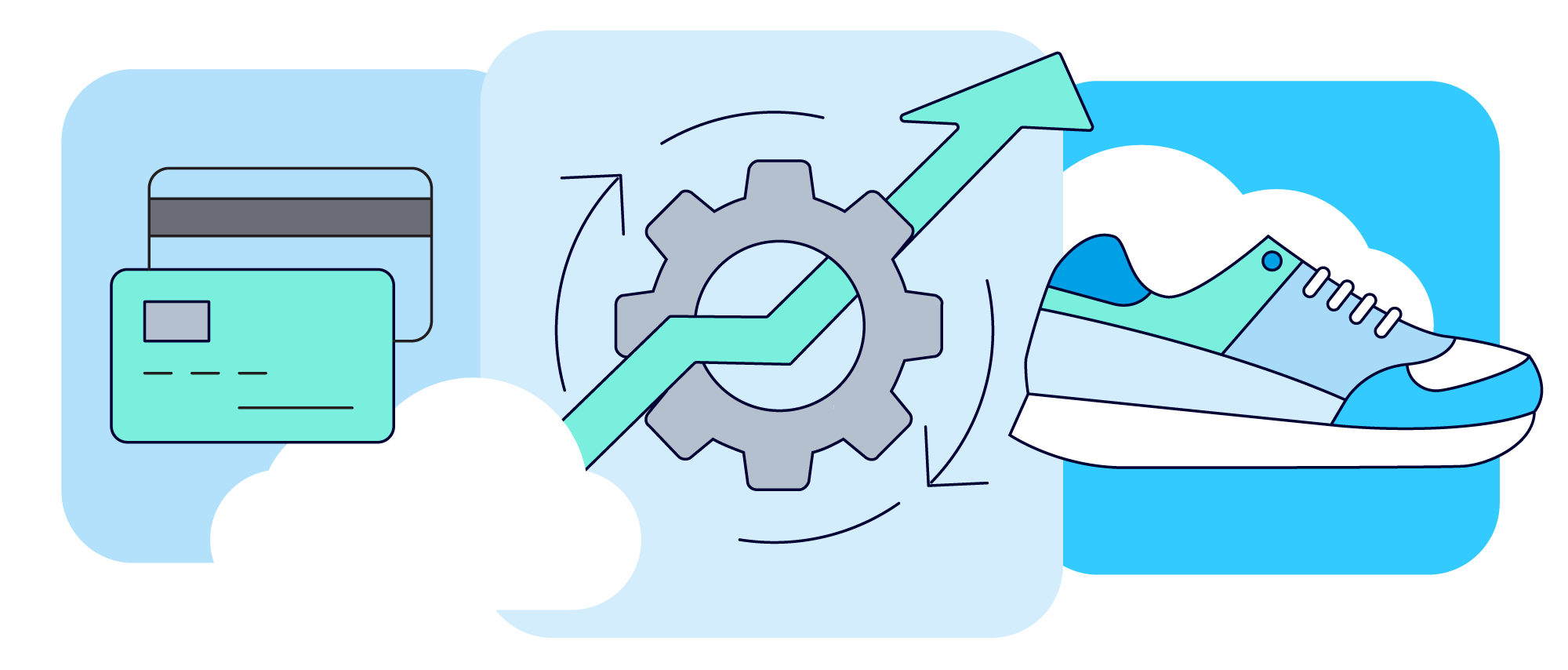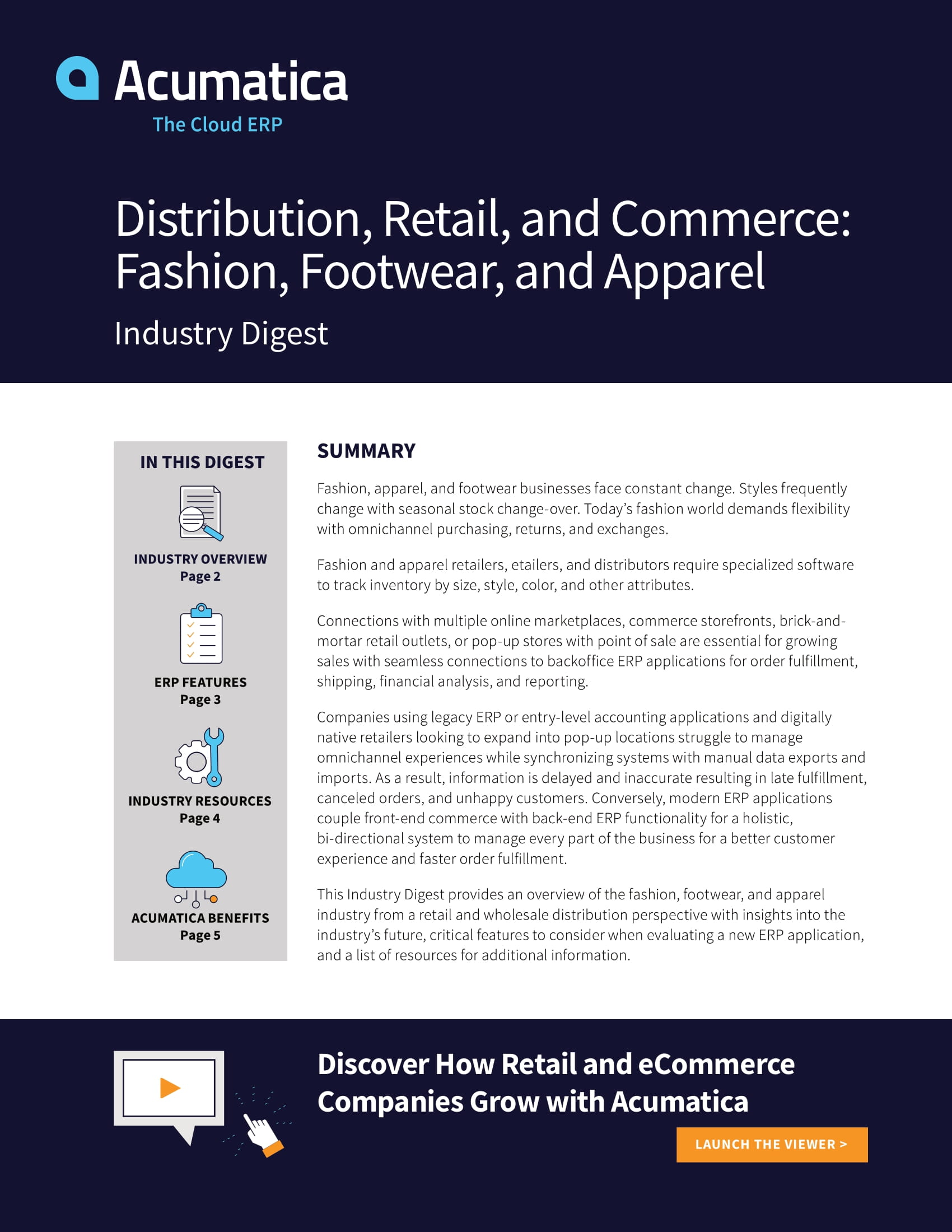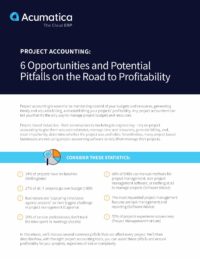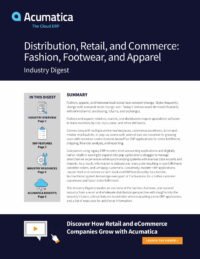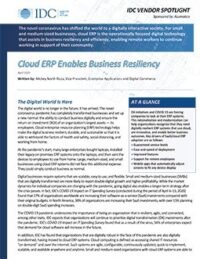Boosting Your Apparel Business’s Efficiency
From designing, selling, and manufacturing clothes to juggling trends and customer bases, from maintaining excellence in-store and online to managing finances, inventory, and supply chain logistics—apparel businesses are complex. If you’re trying to run all these moving parts manually or with outdated business management software, you may find yourself falling behind in the highly competitive fashion marketplace.
To gain an advantage over the competition and keep your business moving smoothly, you need the right technology at your side. You need an enterprise resource planning (ERP) solution that supplies the unique features necessary for prospering in the apparel market.
Understanding Apparel ERP and Its Importance in the Fashion Industry
An ERP solution is a comprehensive, centralized repository for a business’s data. It replaces multiple disconnected, unintegrated systems and offers team members a single source of truth. They can access vital operational knowledge—from sales and customer data to inventory and supply chain information—anytime, anywhere. This streamlined centrality is critical to efficiency in the multi-step, many-layered process of converting raw materials into finished apparel.
What is Apparel ERP?
Apparel ERP, also known as fashion ERP or textile ERP, is an enterprise resource planning (ERP) system specifically designed for the apparel industry. It is a comprehensive software solution that helps apparel businesses manage all aspects of their operations, from design and manufacturing to sales and distribution.
 Canada (English)
Canada (English)
 Colombia
Colombia
 Caribbean and Puerto Rico
Caribbean and Puerto Rico
 Ecuador
Ecuador
 India
India
 Indonesia
Indonesia
 Ireland
Ireland
 Malaysia
Malaysia
 Mexico
Mexico
 Panama
Panama
 Peru
Peru
 Philippines
Philippines
 Singapore
Singapore
 South Africa
South Africa
 Sri Lanka
Sri Lanka
 Thailand
Thailand
 United Kingdom
United Kingdom
 United States
United States
